![]() Jun 20 2022
Jun 20 2022
![]()
Local governments have actively responded to the government's call, and have successively issued policies to encourage the use of biodegradable plates cups and cutlery. Local governments responded positively to the ban on plastics and issued corresponding local policies to control non-degradable plastics. Various governance policies cover industries that require plastic products, including catering, takeaway, wholesale and retail, express delivery, accommodation, agriculture, etc., and stipulate the completion process of plastic restriction according to the time node. Biodegradable plates cups and cutlery refer to all degraded into carbon dioxide and water, mineralized inorganic salts and other harmless substances to the environment under specific scenarios or in the natural environment.

From the perspective of raw materials, biodegradable plates cups and cutlery can come from both petrochemical raw materials and biomass materials. In terms of degradation, degradable plastics include biodegradation, photodegradation, and oxidative degradation. From the perspective of degradation effect, it can be divided into "full" degradation and "partial" degradation. Traditional plastic plus starch is equal to starch-based plastic, traditional plastic plus calcium carbonate is equal to stone paper, traditional plastic plus degradation agent is equal to oxidative degradation, and they cannot be fully degraded.
In the Marine Pollution Prevention and Control Proposal released by the European Union in October 2019, regulations on additive degradable plastics, oxidatively degradable plastics and photodegradable plastics that cannot be "fully" degraded have been banned from 2021. So, choose biodegradable plates cups and cutlery that are "full" degraded and the degradation products are not harmful to the environment!
One of the degradable materials of bagasse, it can be obtained by extracting starch from renewable plants, then by biological fermentation to obtain lactic acid, and finally by chemical synthesis. It has good degradability and can be completely degraded by microorganisms. Products made of bagasse can be completely degraded into CO2 and water after use, and are non-toxic and non-irritating, and are widely recognized as environmentally friendly materials. It has mechanical properties similar to polypropylene, and its gloss, clarity and processability are similar to polystyrene, and its processing temperature is lower than that of polyolefin. The processing method is processed into various packaging materials, fibers and non-wovens, etc., which are widely used in industrial, agricultural, medical and civil fields.
With the advancement of the replacement process of degradable plastics in the world, the degradable material industry will usher in new growth space from raw materials to degradable materials, and then to downstream applications. Especially since the beginning of this year, with the introduction of a series of related policies, governments across the country, including enterprises, are also strengthening the layout of biodegradable plates cups and cutlery. These jointly promote the explosive growth of the industry. Whether from the perspective of technological breakthroughs or commercialization, the industry has ushered in good development opportunities. In addition, top technical teams and enterprises carry out innovative cooperation to solve the problem of production capacity of degradable biomaterials and explore large-scale production and manufacturing. This has also become one of the ways to promote the rapid development of the bio-economy.
PRODUCT CATEGORIES
![]() You May Also Like
You May Also Like
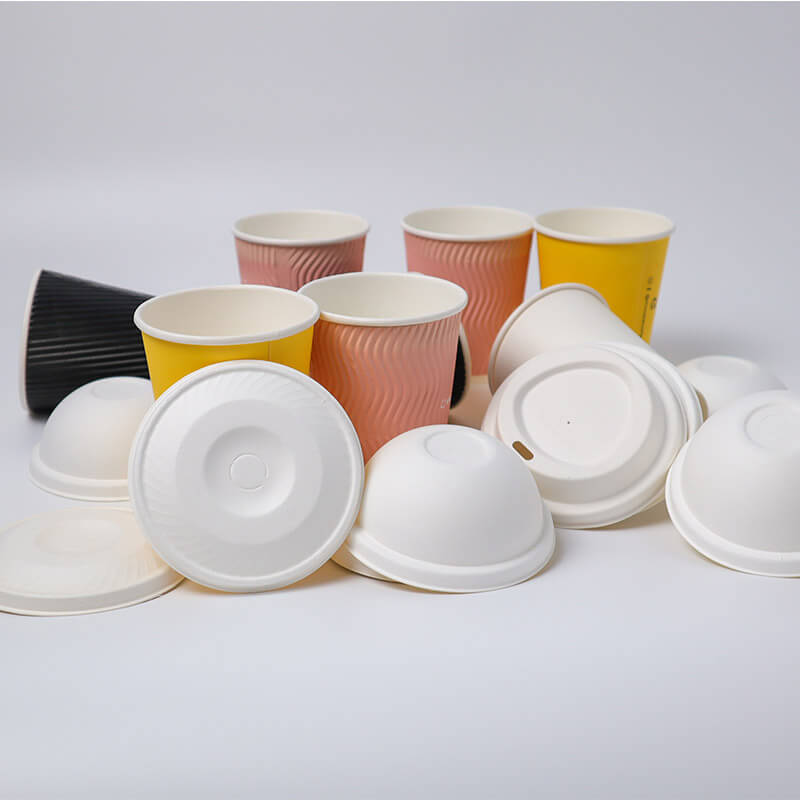
Custom Biodegradable Bagasse Pulp Cuplids, Coffee Paper Cup And Lids
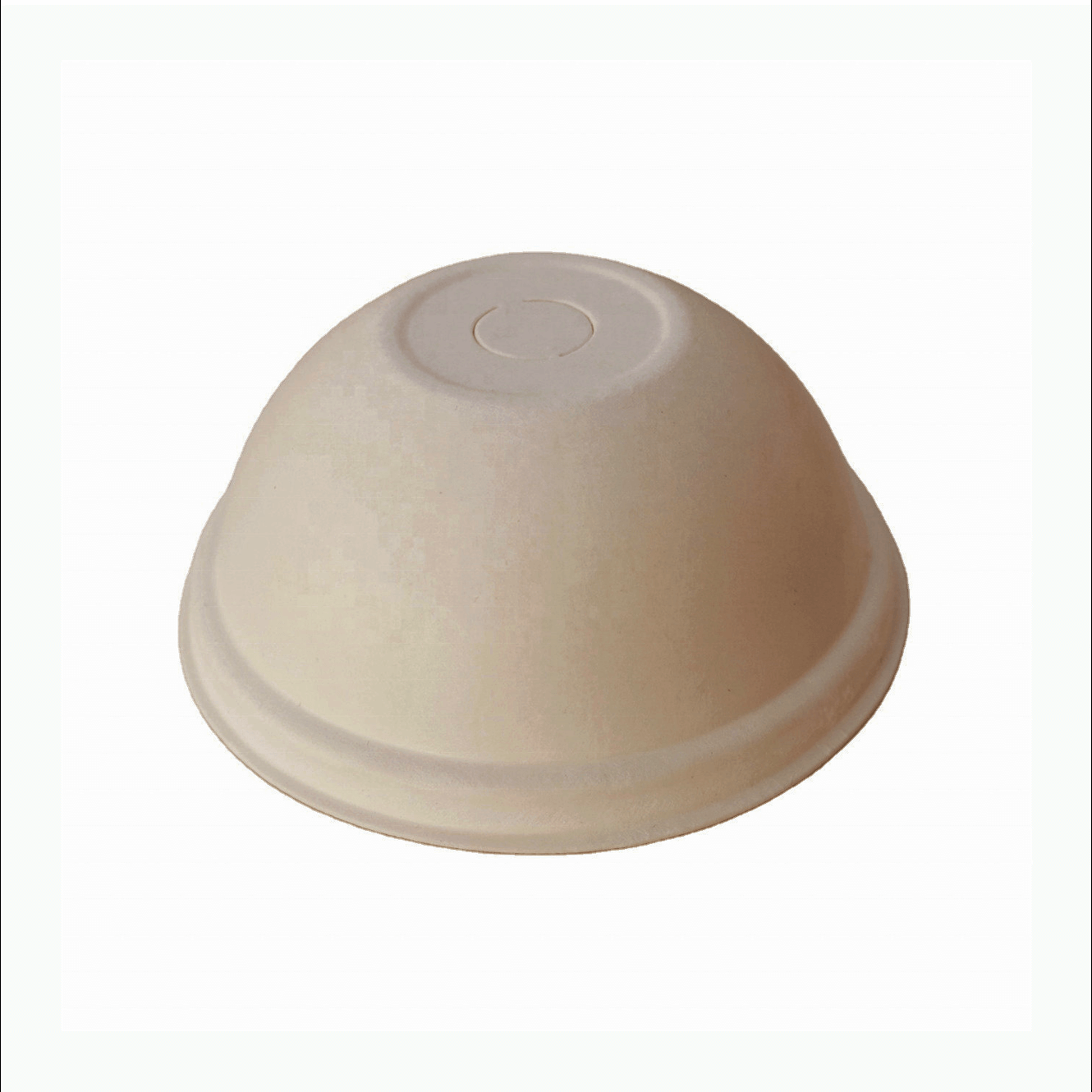
80mm Bagasse paper lid, dome shape, natural brown
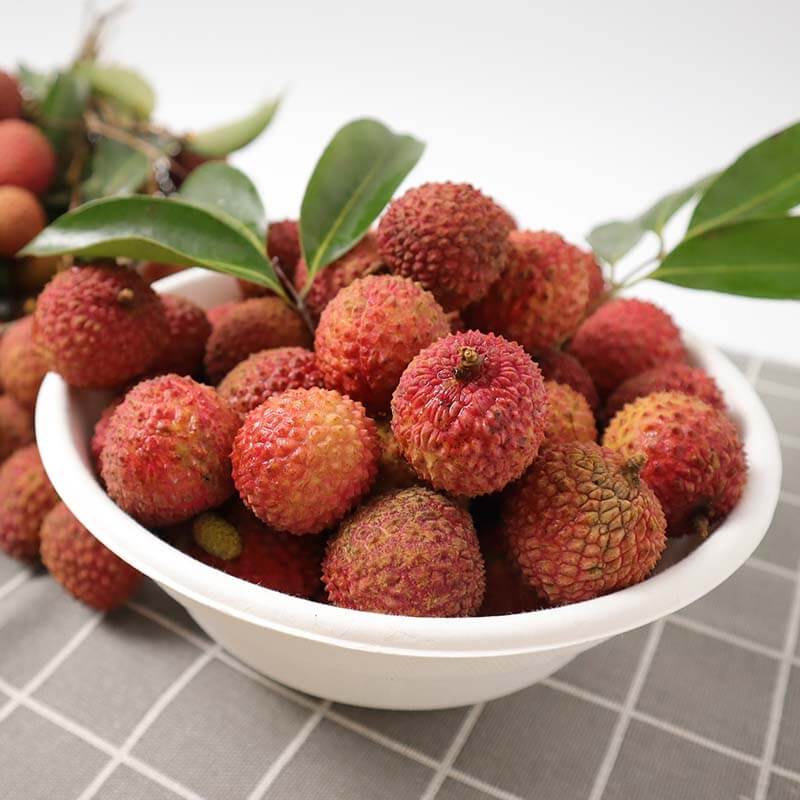
Wholesale Biodegradable Disposable Bagasse Salad Rice Fruit Bowl

7 x 5 inch Rectangle bagasse clamshell, white
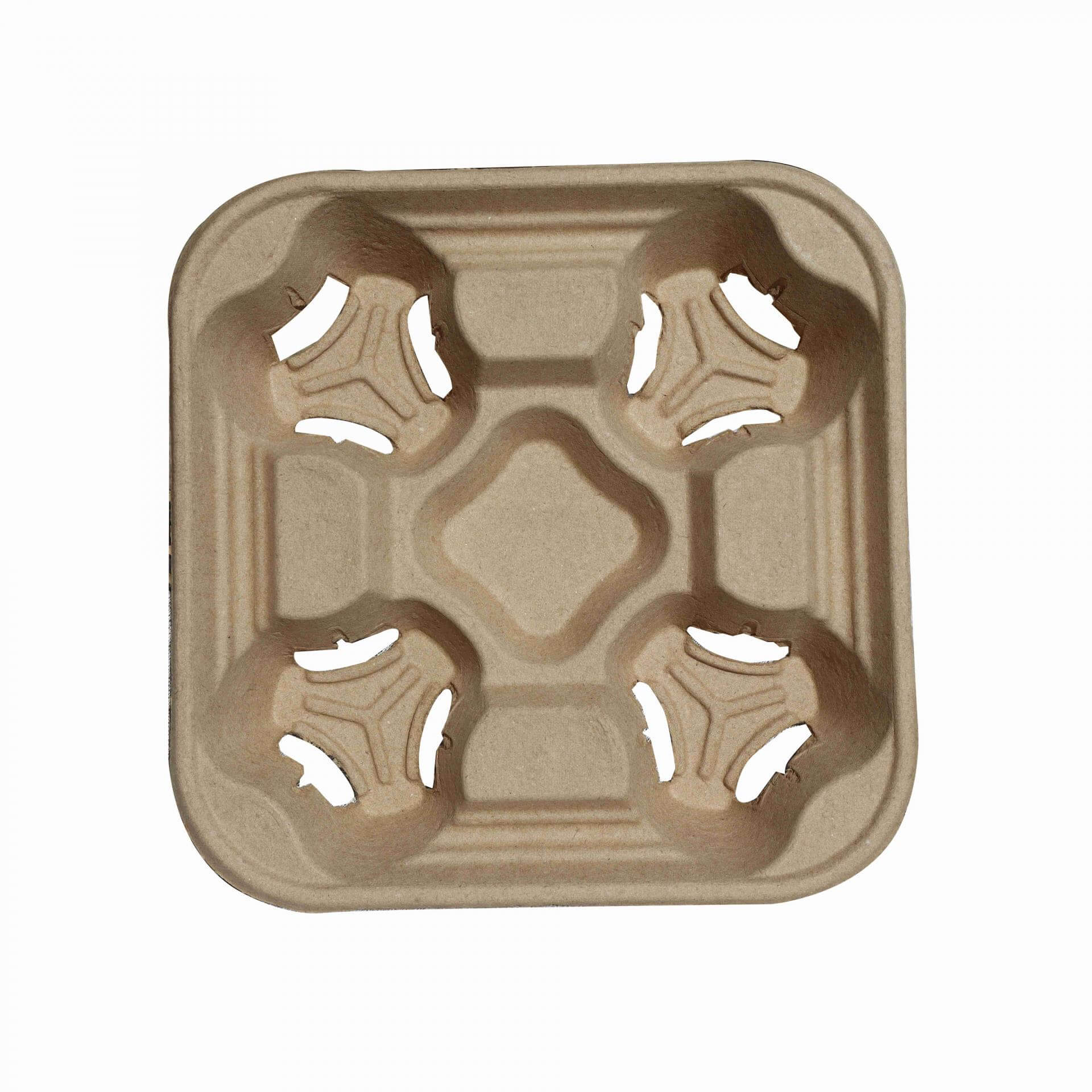
Corrugated pulp disposable 4 cup holder tray takeaway carrier

90mm natural brown sugarcane pulp sip lid, round design
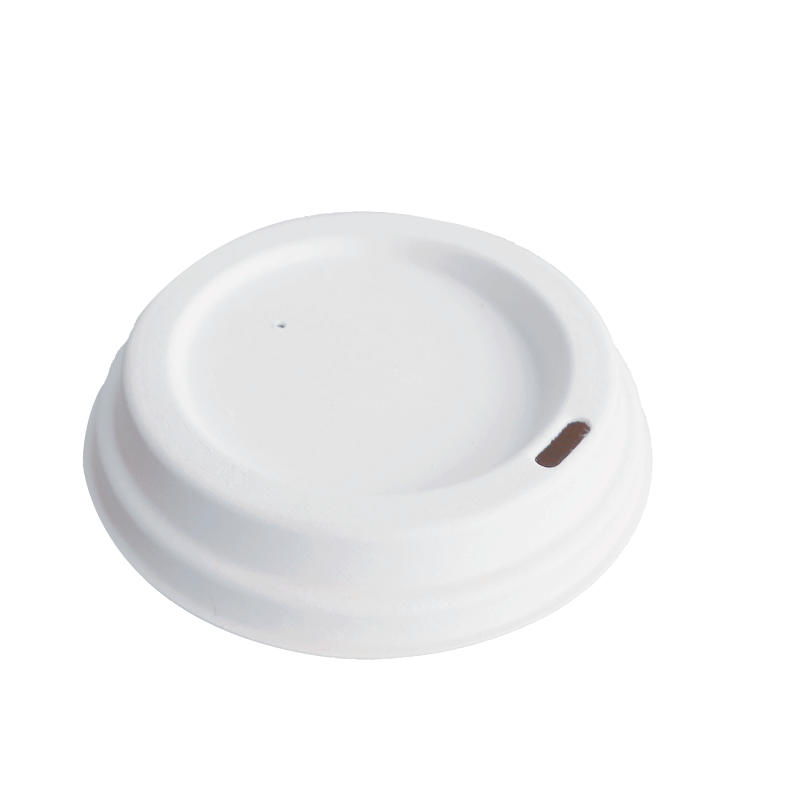
90mm White sugarcane pulp sip lid, round design
